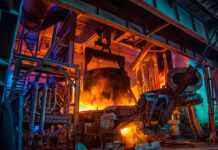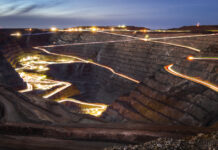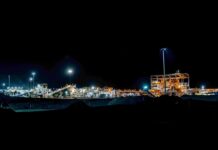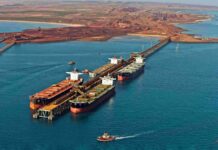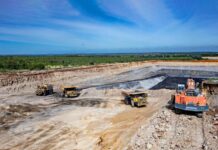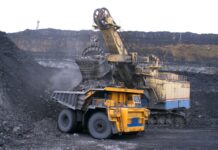RBA uncertain on Australia’s critical minerals future
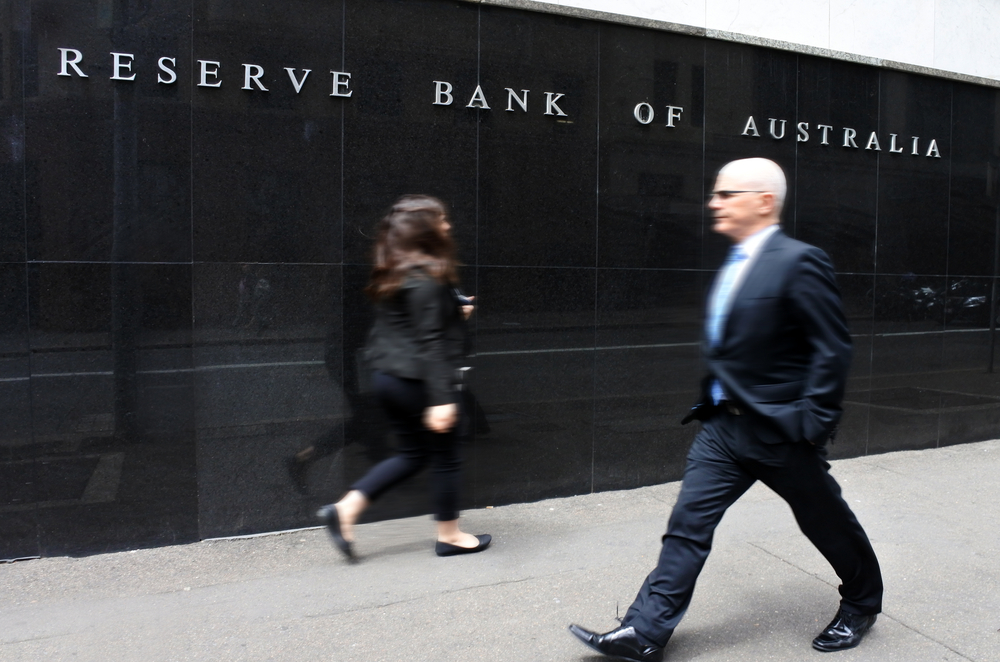
The Reserve Bank of Australia (RBA) has outlined an uncertain outlook for Australia’s critical minerals industry that depends on policy environments and investment levels amidst the global energy transition.
The RBA research paper, The global energy transition and critical minerals, reports the magnitude of both long-term global demand projections and Australian production remains subject to considerable uncertainty with global price declines halting production and delaying investment plans such that growth is likely to remain subdued.
However, the report found that critical minerals production in Australia, if net zero emissions targets are reached, could increase by 70% by 2050, compared to 2024 production rates, if facilitated by correct policy and investment growth.
Developments in global demand for critical minerals, which will drive mineral prices, are a key uncertainty in the medium-term outlook, according to the RBA.
The path of policy and technological developments will be key determinants of relative mineral demand and the overall pace of global future mineral demand growth.
The landmark bilateral framework agreement to secure critical minerals and rare earths, signed by Prime Minister Anthony Albanese and US President Donald Trump earlier this week, has the potential to facilitate investment and industry growth.
“[The Federal] Government is making our critical minerals sector one of the biggest in the world,” Prime Minister Albanese said.
“Australia will reap the benefits of that growth. Australia and the US will utilise these critical minerals together and in our combined national interests. And we see as well, engagement with other nations”
“We want to make sure that there’s a sense of urgency here because the quicker that we get things done, the more resilient our economy will be, the more jobs where we will create as well.”
Critical minerals are particularly vulnerable to supply shortages as supply is constrained to mine development pipelines and it can take projects more than 10 years to move from exploration to production, according to the Federal Government.
Whether Australian production grows in line with global trends will depend on future government policy, pricing fluctuations, exploration success, whether producers can maintain or improve international competitiveness and how much value-adding activity is captured onshore, according to the RBA.
With the right policy settings and assuming supply grows with global demand, the RBA forecasts that Australian production — driven by lithium, rare earths and copper — will grow strongly in the long term.
Federal Resources Minister Madeleine King says Australia is competitive in the critical minerals and rare earths landscape despite China’s dominance.
“China is decades ahead of the rest of the world in developing these resources. They have invested in it, in the science and the actual work of doing it, and the western world did much less of that,” she said.
“Australia has been on a pathway for the past number of years on that, and the government has backed the sector in so that we can build an alternative supply of critical minerals and rare earths into countries around the world.
“But this landmark agreement with the US will enable that to happen much more quickly. It will enable a greater competition in the supply chain.
“[It’s] good for everybody, because you know what happens when we put our eggs in one basket — it creates greater risk for world supply.”

